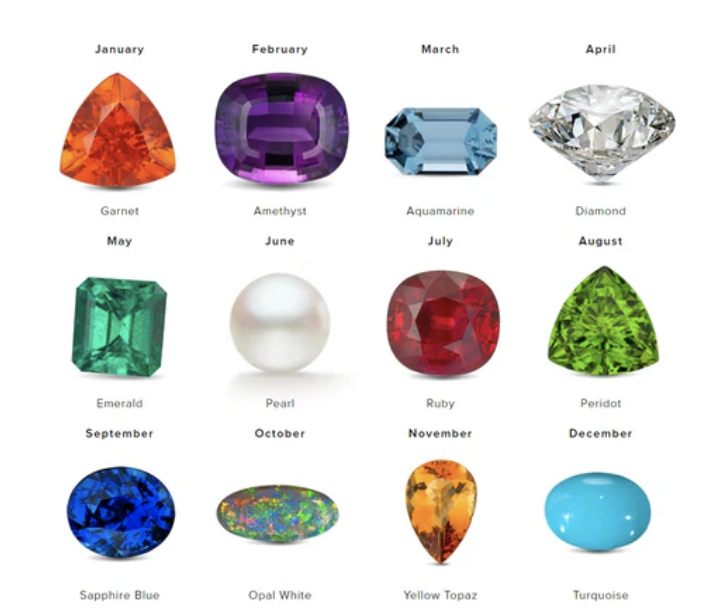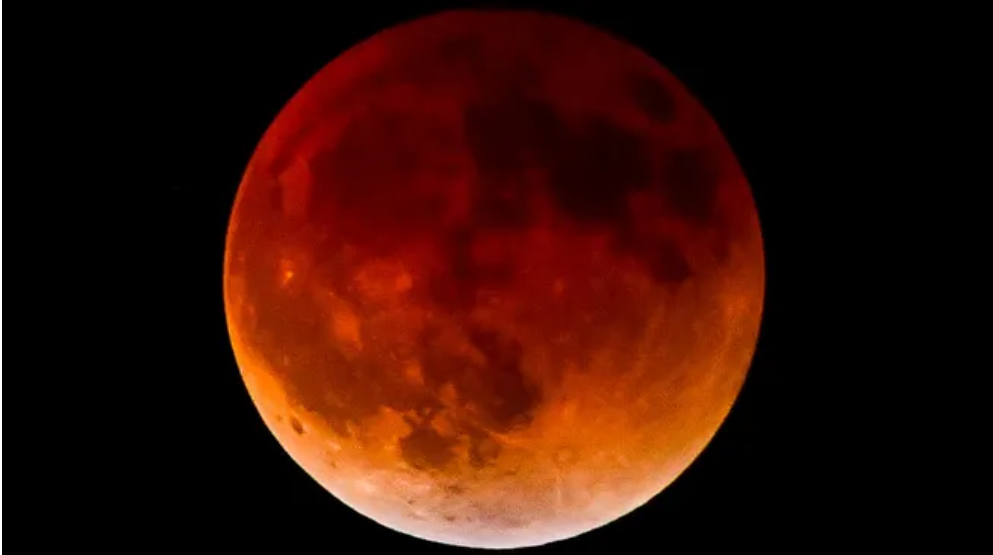On March 14th, 2025, people across the country observed a one-of-a-kind event: a total lunar eclipse, usually referred to as the “blood Moon” due to its blood-red appearance. This specific event in particular marked the first total lunar eclipse visible from every U.S. state since 2022. But what makes a total lunar eclipse such a unique phenomenon?
It is that Earth directly stands between the Sun and the Moon, which causes our planet’s shadow to fall upon the bright lunar surface, resulting in an eclipse. It does not totally eclipse the Moon; instead, it turns into a reddish or orange glow, mimicking the colors reflected during a sunrise or sunset. This comes from the Earth’s atmosphere creating shorter-wavelength red lights to pass through and eventually reach the Moon (People.com).
The total lunar eclipse that occurred on the night of March 13th, 2025 and was crucial as the entire eclipse lasted around six hours, which is six times longer than the average lunar eclipse duration! All across North and South America, the eclipse was entirely visible, particularly those on the U.S. East Coast who had clear viewing conditions. Contrastingly, people in the United Kingdom viewed the eclipse on the opposite side of the globe, causing a much shorter view due to the Moon setting in the west while the eclipse took place. Here at home, every state was able to have a perfect view of the total lunar eclipse. It is not until March of next year that we will witness this event, highlighting the uniqueness of this night.
Hope Edwards (11) describes her experience of witnessing the total lunar eclipse: “It was really incredible to see the moon turn such a deep red color. I’ve read about these eclipses in class, but being able to see one in real life was fascinating. It made me appreciate how amazing and vast outer space truly is.”
It is important to recognize the cultural and scientific importance of these lunar eclipses. Throughout history, lunar eclipses have held deep cultural significance in several communities. They are often viewed as omens or important celestial events. While the mystical theories and ideologies have faded over time, the fascination has remained. Some say that eclipses have been seen as a disruption of the natural world and are believed to be ill-fated (Britannica). These events offer valuable opportunities for scientific research, for instance, studying the Earth’s atmosphere’s effect on the light filtering during these eclipses provides insights into the behavior of our atmosphere. Ravi Shahpatel (11) talks about how these eclipses are advantageous to the study of our world: “Being able to understand the meaning behind lunar eclipses can be very beneficial to future generations. It can allow us to comprehend outer space.”

































